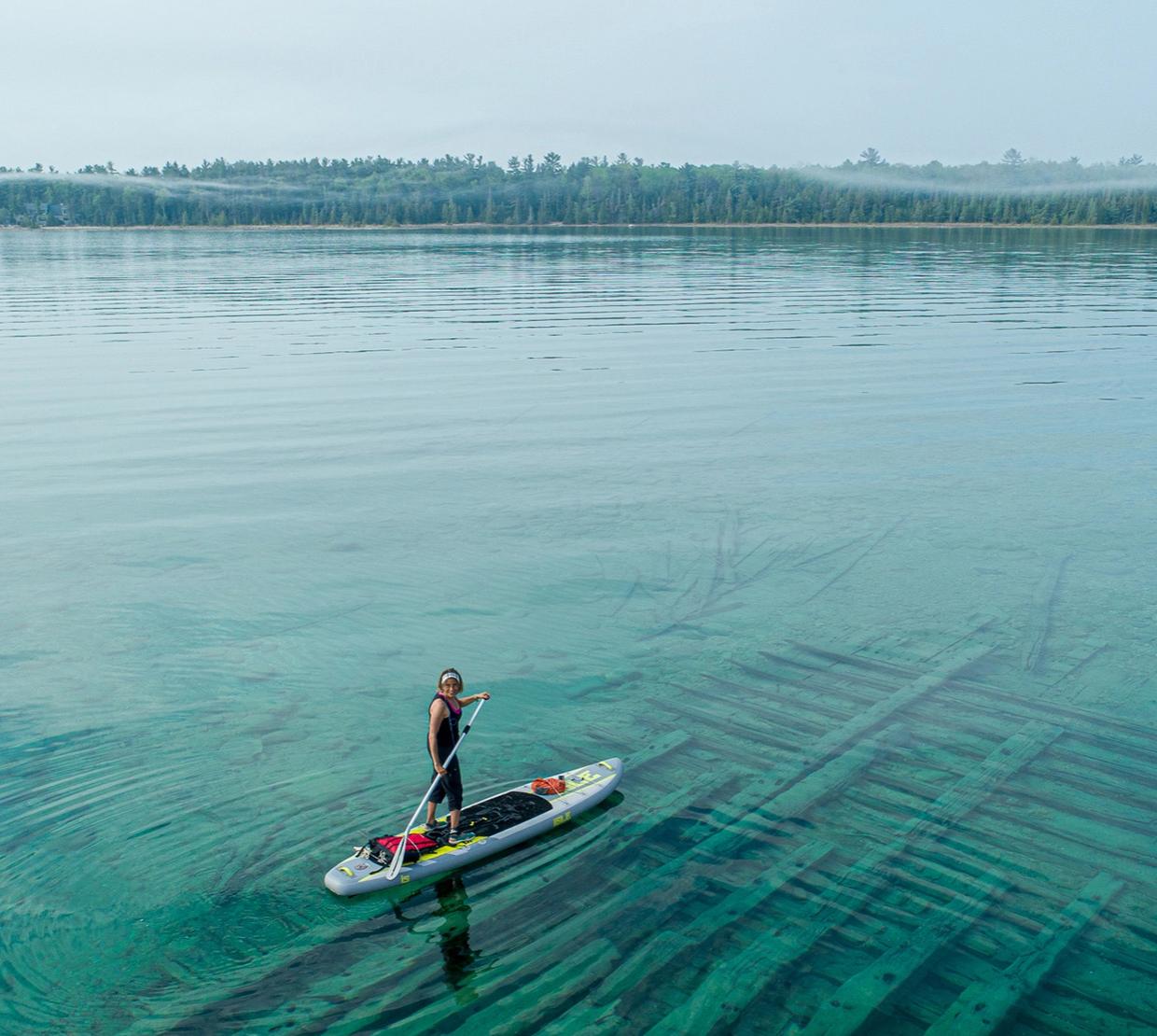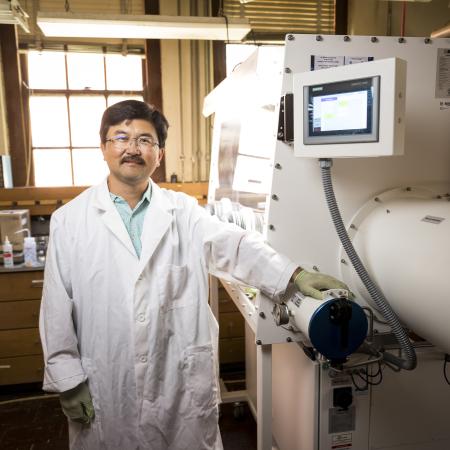More than 98% of U.S. waters outside the central Pacific Ocean are not part of a marine protected area, and the ones that are tend toward “lightly” or “minimally” protected from damaging human activity, research from the Department of Integrative Biology shows.
Published today in Frontiers in Marine Science, the study examined the nation’s 50 largest marine protected areas, or MPAs, using a groundbreaking guide produced last year by some of the same scientists who worked on the current research. Those 50 account for 99.7% of the United States’ MPA coverage.
Among the study’s conclusions: The U.S. needs to create more, and more effective, MPAs – and fast.
“These findings highlight an urgent need to improve the quality, quantity and representativeness of MPA protection across U.S. waters to bring benefits to human and marine communities,” said Jenna Sullivan-Stack, a research associate in the Department and the study’s lead author.
U.S. waters include the territorial sea, which extends 12 nautical miles offshore, as well as the contiguous zone (24 nautical miles) and exclusive economic zone (200 nautical miles).
According to criteria established by “The MPA Guide: A framework to achieve global goals for the ocean,” published in Science in September 2021, 99% of U.S. waters that are “fully” or “highly” protected are in the central Pacific.
That means critical marine systems, such as those in the Atlantic, Arctic and northeast Pacific oceans and the Caribbean Sea, are vulnerable to “unprecedented pressures,” and so are the coastal economies that depend on those systems, said co-author Kirsten Grorud-Colvert, associate professor of integrative biology in the OSU College of Science.
Read the full story here.




